A research team led by the Department of Energy’s Lawrence Berkeley National Laboratory (Berkeley Lab) has developed a technique that could lead to new electronic materials that surpass the limitations imposed by Moore’s Law.
Tag: Department of Energy (DOE)

Process for ‘two-faced’ nanomaterials may aid energy, information tech
A team led by Oak Ridge National Laboratory implanted atoms precisely into the top layers of ultra-thin crystals, yielding two-sided Janus structures that may prove useful in developing energy and information technologies.
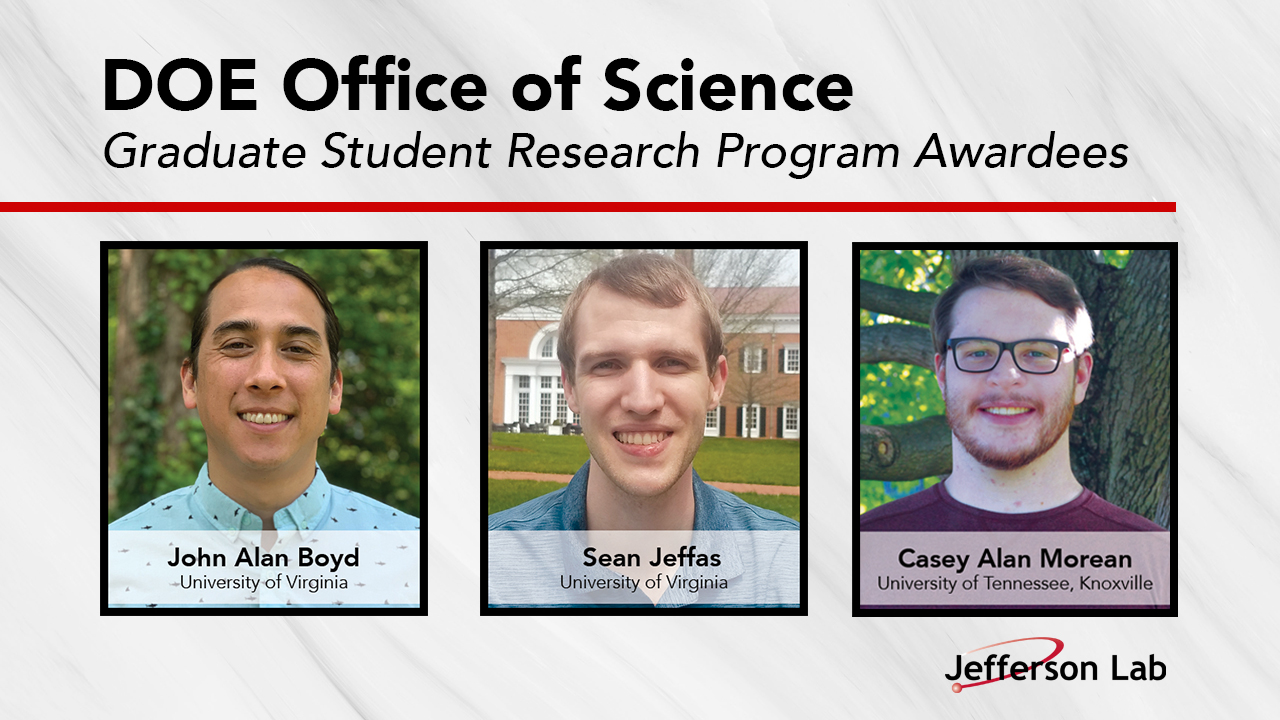
Jefferson Lab Graduate Student Researchers Receive DOE Awards
Three graduate students have gotten a financial boost from DOE to conduct research at the Department of Energy’s Thomas Jefferson National Accelerator Facility. The students have received supplemental research awards from the DOE Office of Science Graduate Student Research Program.
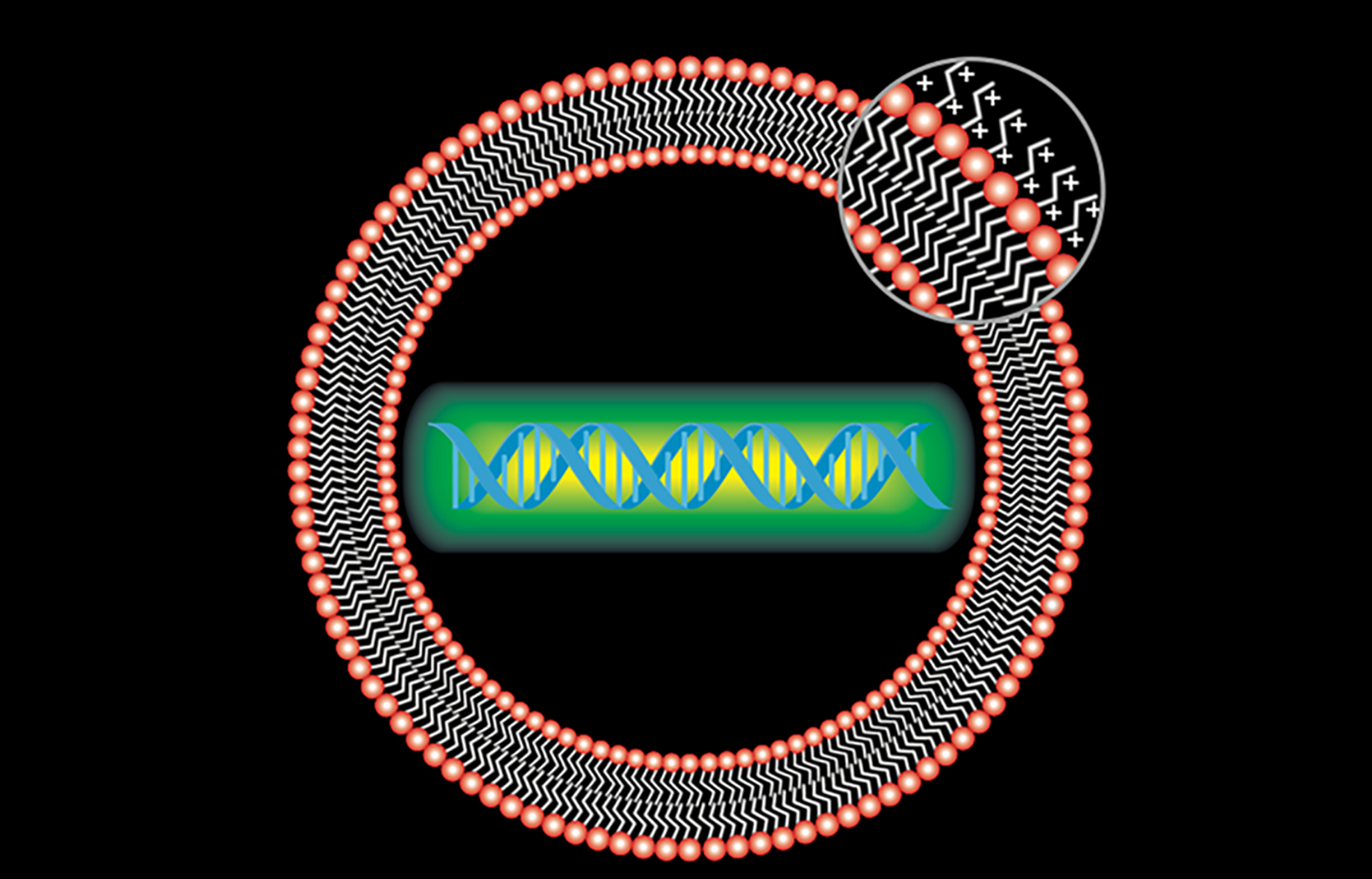
Scientists Aim Gene-Targeting Breakthrough Against COVID-19
Scientists at Berkeley Lab and Stanford have joined forces to aim a gene-targeting, antiviral agent called PAC-MAN against COVID-19.
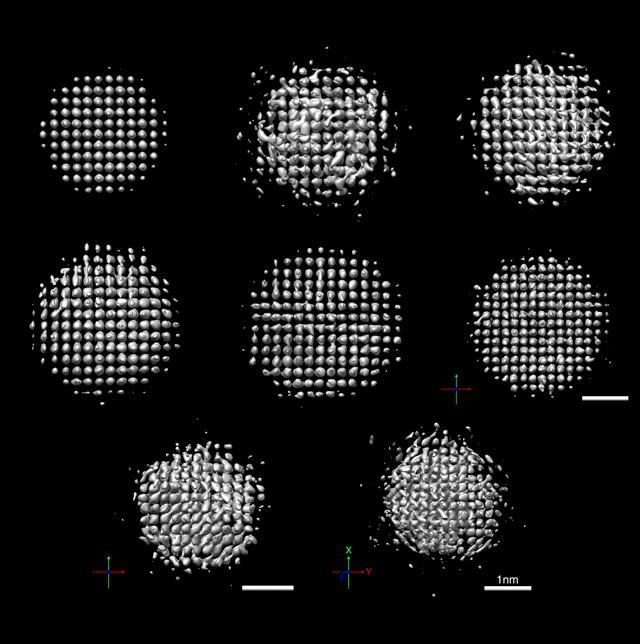
Science Snapshots from Berkeley Lab: 3D nanoparticles and magnetic spin
Researchers at Berkeley Lab have captured 3D images of nanoparticles in liquid with atomic precision, and developed an ultrathin electrical switch that could further miniaturize computing devices and personal electronics without loss of performance.
A Talented 2D Material Gets a New Gig
Berkeley Lab scientists tap into graphene’s hidden talent as an electrically tunable superconductor, insulator, and magnetic device for the advancement of quantum information science
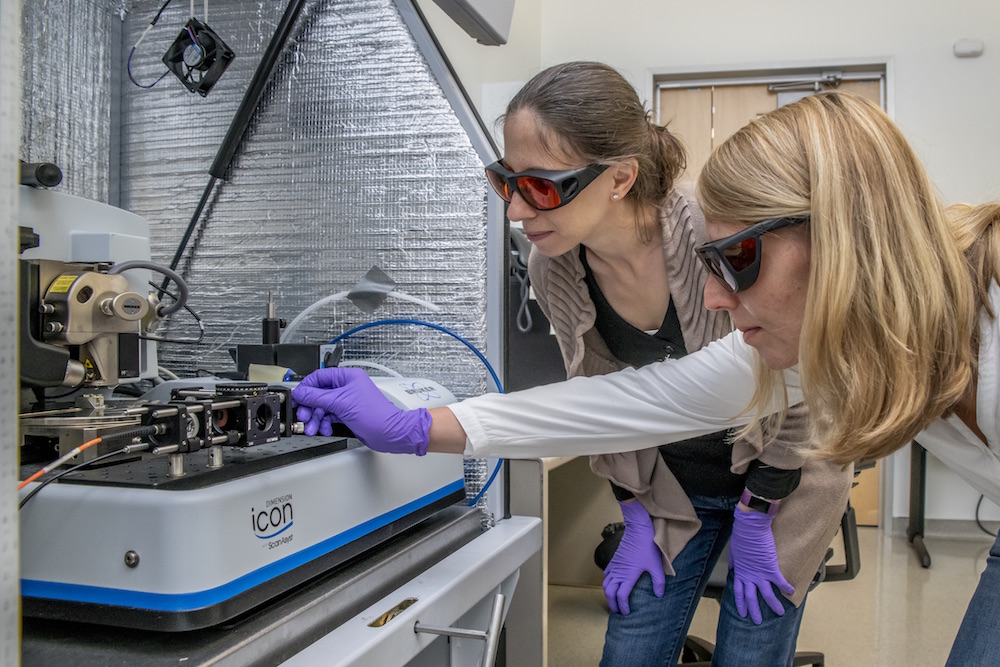
How JCAP Is Making Solar Fuels Shine
As we look back at a decade of discovery, we highlight 10 achievements by scientists at Berkeley Lab and the Joint Center for Artificial Photosynthesis that bring us closer to a solar fuels future.
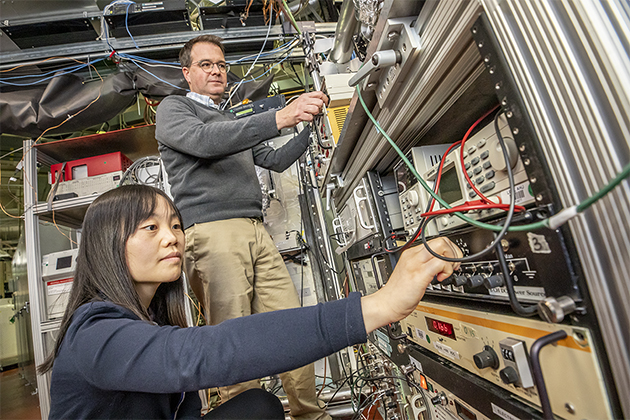
Scientists Discover New Clue Behind Age-Related Diseases and Food Spoilage
Berkeley Lab scientists have made a surprising discovery that could help explain our risk for developing chronic diseases or cancers as we get older, and how our food decomposes over time.

ORNL, TVA sign agreement to collaborate on advanced reactor technologies
The U.S. Department of Energy’s Oak Ridge National Laboratory and the Tennessee Valley Authority have signed a memorandum of understanding to evaluate a new generation of flexible, cost-effective advanced nuclear reactors.
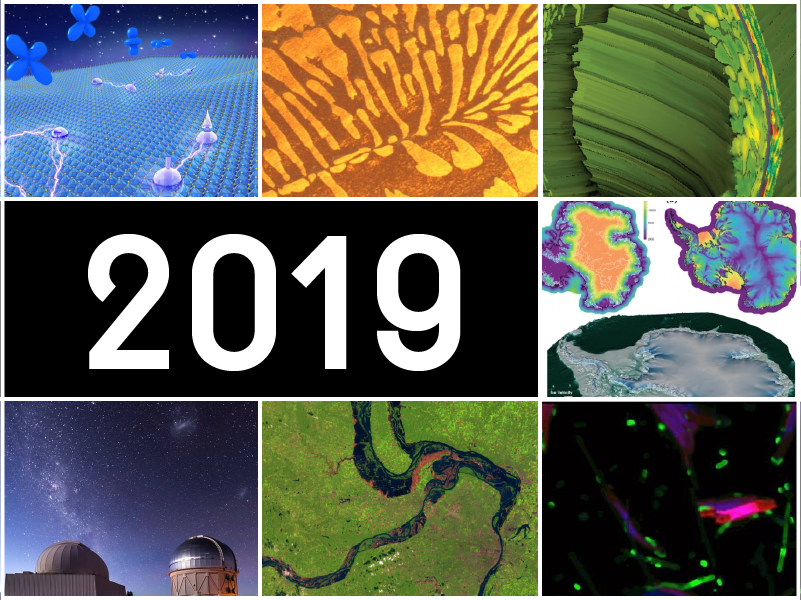
Top Posts of 2019
From nanoparticles to algae ecology, the Office of Science supported a variety of research in 2019.
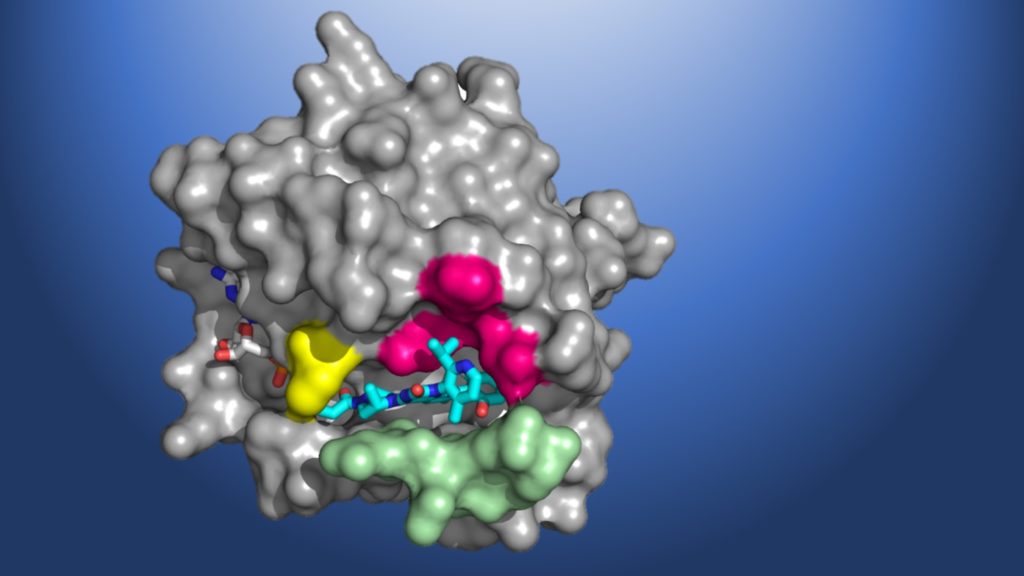
Science Snapshots From Berkeley Lab
This edition of Science Snapshots highlights the discovery of an investigational cancer drug that targets tumors caused by mutations in the KRAS gene, the development of a new library of artificial proteins that could accelerate the design of new materials, and new insight into the natural toughening mechanism behind adult tooth enamel.
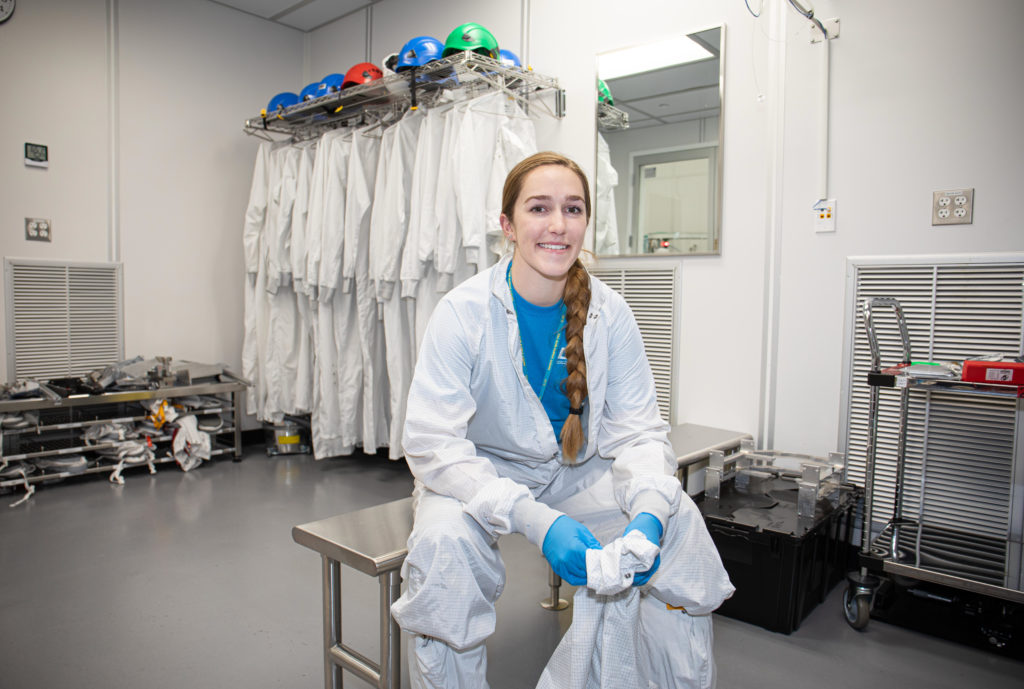
A day in the life of a telescope camera assembler
The LSST camera is the biggest digital camera ever constructed for ground-based astronomy. Within the year, Hannah and her teammates will finish assembling and testing the camera and it will be shipped to its home at the summit of Cerro Pachón in Chile.

Tiny Quantum Sensors Watch Materials Transform Under Pressure
Scientists at Berkeley Lab have developed a diamond anvil sensor that could lead to a new generation of smart, designer materials, as well as the synthesis of new chemical compounds, atomically fine-tuned by pressure.
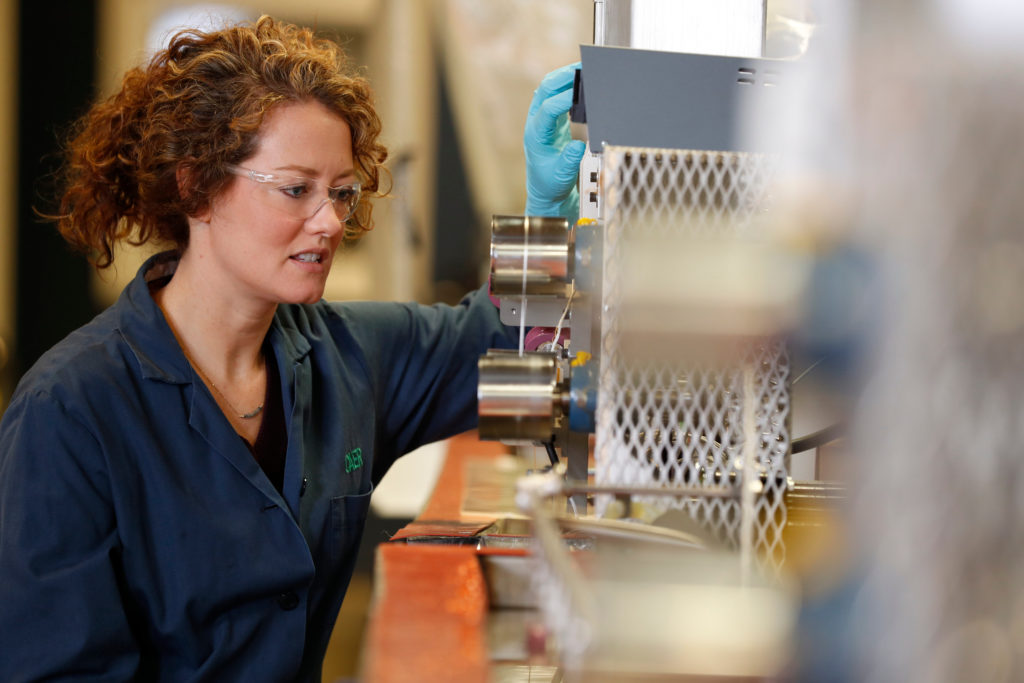
University of Kentucky Grant Seeks to Turn Coal Into Carbon Fiber
UK’s Center for Applied Energy Research (CAER) has received a $1.8 million U.S. Department of Energy (DOE) grant to transform coal tar pitch into high-value carbon fiber for use in aircraft, automobiles, sporting goods and other high-performance materials.
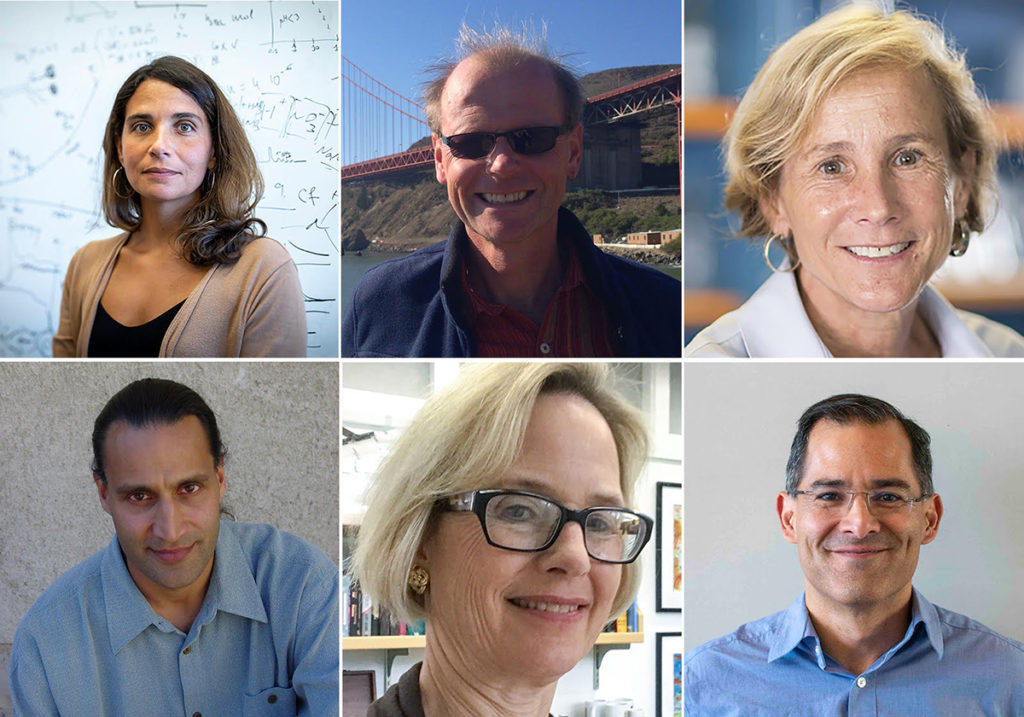
Six Berkeley Lab Scientists Named AAAS Fellows
Six scientists from the Department of Energy’s Lawrence Berkeley National Laboratory (Berkeley Lab) have been named Fellows of the American Association for the Advancement of Science (AAAS).
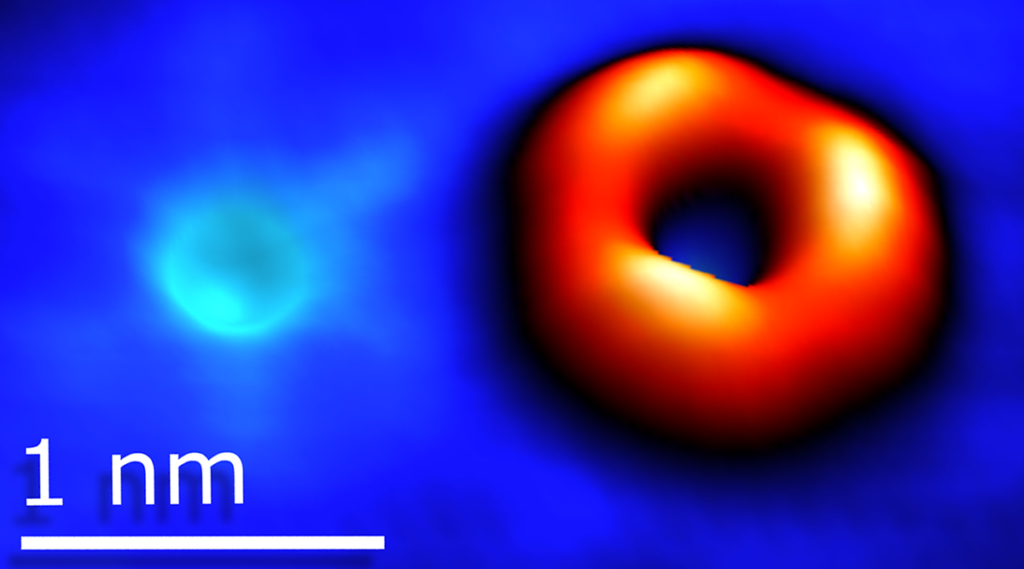
The Beauty of Imperfections: Linking Atomic Defects to 2D Materials’ Electronic Properties
Scientists at Berkeley Lab have revealed how atomic defects emerge in transition metal dichalcogenides, and how those defects shape the 2D material’s electronic properties. Their findings could provide a versatile yet targeted platform for designing 2D materials for quantum information science.
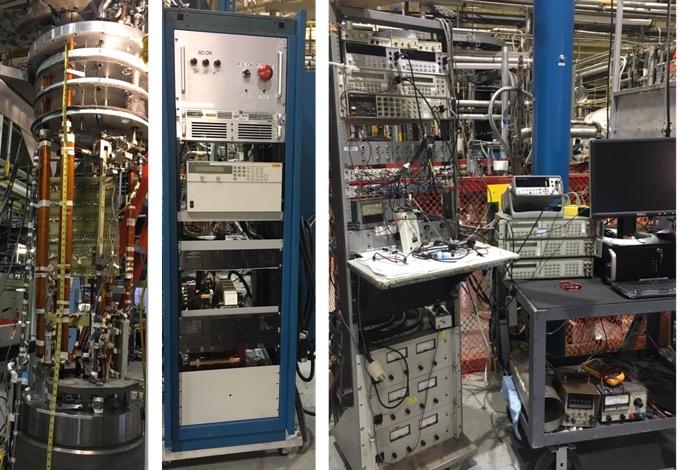
Brookhaven–Commonwealth Fusion Energy Project Wins DOE Funding
Brookhaven’s Superconducting Magnet Division will partner with industry to develop and characterize superconducting power cables.
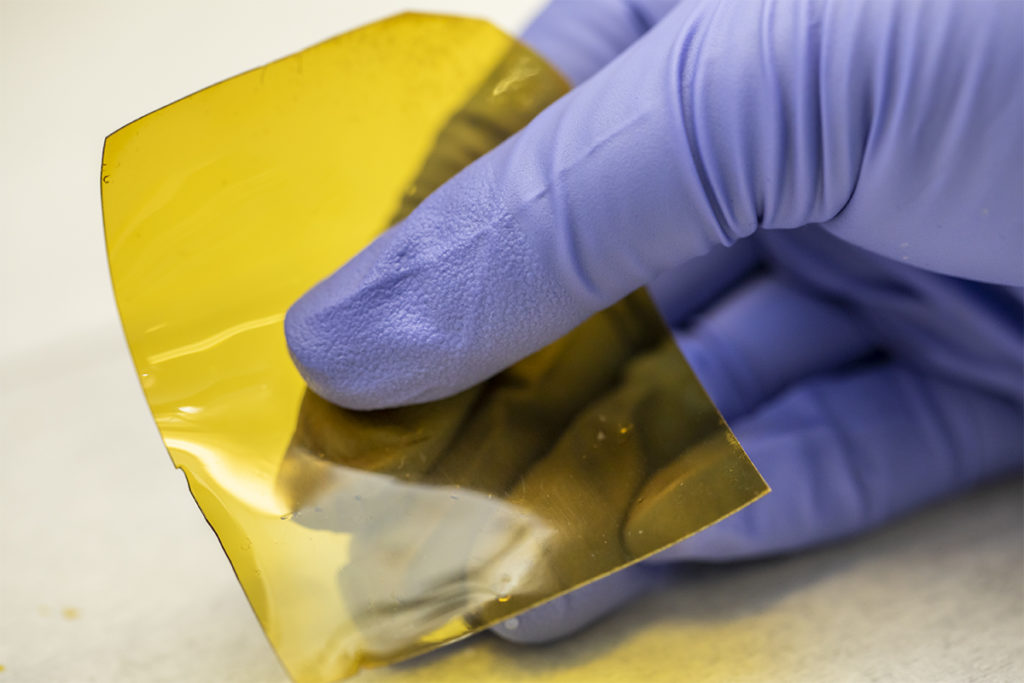
Go With the Flow: Scientists Design New Grid Batteries for Renewable Energy
Scientists at Berkeley Lab have designed an affordable ‘flow battery’ membrane that could accelerate renewable energy for the electrical grid.